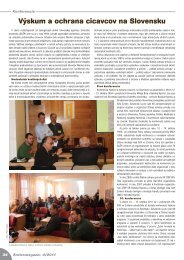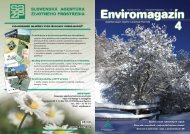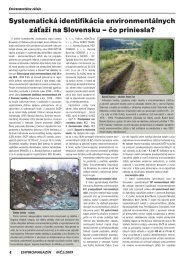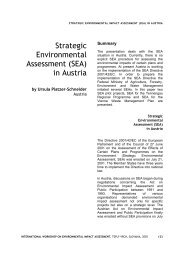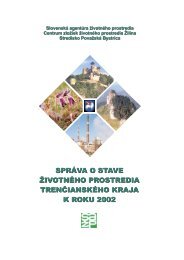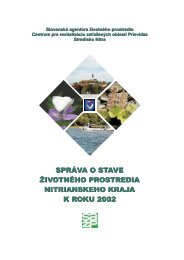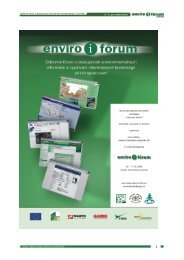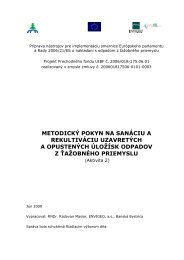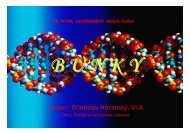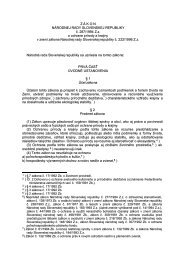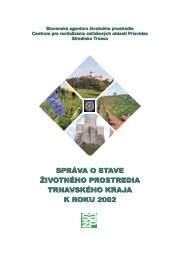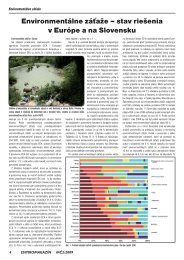Annex I - âDescription of Workâ - Hlandata
Annex I - âDescription of Workâ - Hlandata
Annex I - âDescription of Workâ - Hlandata
You also want an ePaper? Increase the reach of your titles
YUMPU automatically turns print PDFs into web optimized ePapers that Google loves.
CIP-ICT PSP-2009-3Pilot BHLANDATAThe CEN and ISO standards for geographic information will be considered, too, as well as the EC’s GMESand SEIS programs for Land Use / Land Cover data production and sharing.Task 1.2: End users’ assessmentAny data harmonization initiative has to take into account the end users and their needs. HLANDATA isdevoted to provide value-added high-level services addressed for different kinds <strong>of</strong> users based on webservices which will provide access to harmonized data. The main issues to be addressed within this taskwill be:- Kinds <strong>of</strong> users- Different user purposes- Required functionalities for the high-level services to be developed in the projectThis will be done by obtaining a categorized user requirement inventory, with 3 user categories, (accordingto the definitions in Pilot 1 description).- Low-level users- Intermediate-level users- High-level usersThis inventory will be done using standardized user analysis techniques, such as use case description,interviews, etc.Task 1.3: Analysis <strong>of</strong> existing methodologies for Land Use / Land Cover data harmonizationIt is also necessary to review all the existing and past initiatives for harmonizing Land Use / Land Coverdata. Several projects have been carried out by Sub-national, National, European and Global authorities inorder to get this goal, most <strong>of</strong> them using hierarchical classifications and nomenclatures, withunsatisfactory results for the Land Use / Land Cover users’ community. This means in practice having toanalyze the existing harmonizing methodologies (hierarchical nomenclatures, feature data models,ontologies, etc.) in order to understand their current and potential use, advantages and disadvantages, aswell as percentage <strong>of</strong> success for this initiatives.INSPIRE compliance is also an issue to be considered and carefully described for these methodologies, aswell as ISO TC 211 and OGC standards.Task 1.4: Diagnostic <strong>of</strong> the current state <strong>of</strong> Land Use / Land Cover data harmonization according tocategorized user requirementsFinally, a diagnostic report will be produced considering the results <strong>of</strong> the three previous tasks,summarizing the analysis <strong>of</strong> the present situation and the state <strong>of</strong> the art for Land Use / Land Coverinformation, including a set <strong>of</strong> recommended procedures to follow to achieve the harmonization <strong>of</strong> thisdata. The diagnostic report will identify the categorized list <strong>of</strong> user requirements to be complied by eachprocedure.Participants:WP1 is a very important Work Package within the HLANDATA project as a whole, as it will set theknowledge basis for the rest <strong>of</strong> WPs and activities. It needs the contributions <strong>of</strong> all the partners providingthe perspective <strong>of</strong> their different national or regional situation and the perspective from their different enduser category. This is why all HLANDATA partners will contribute to and participate in all the activitiesincluded within WP1.Deliverables (iii)23/03/10 v11 57



